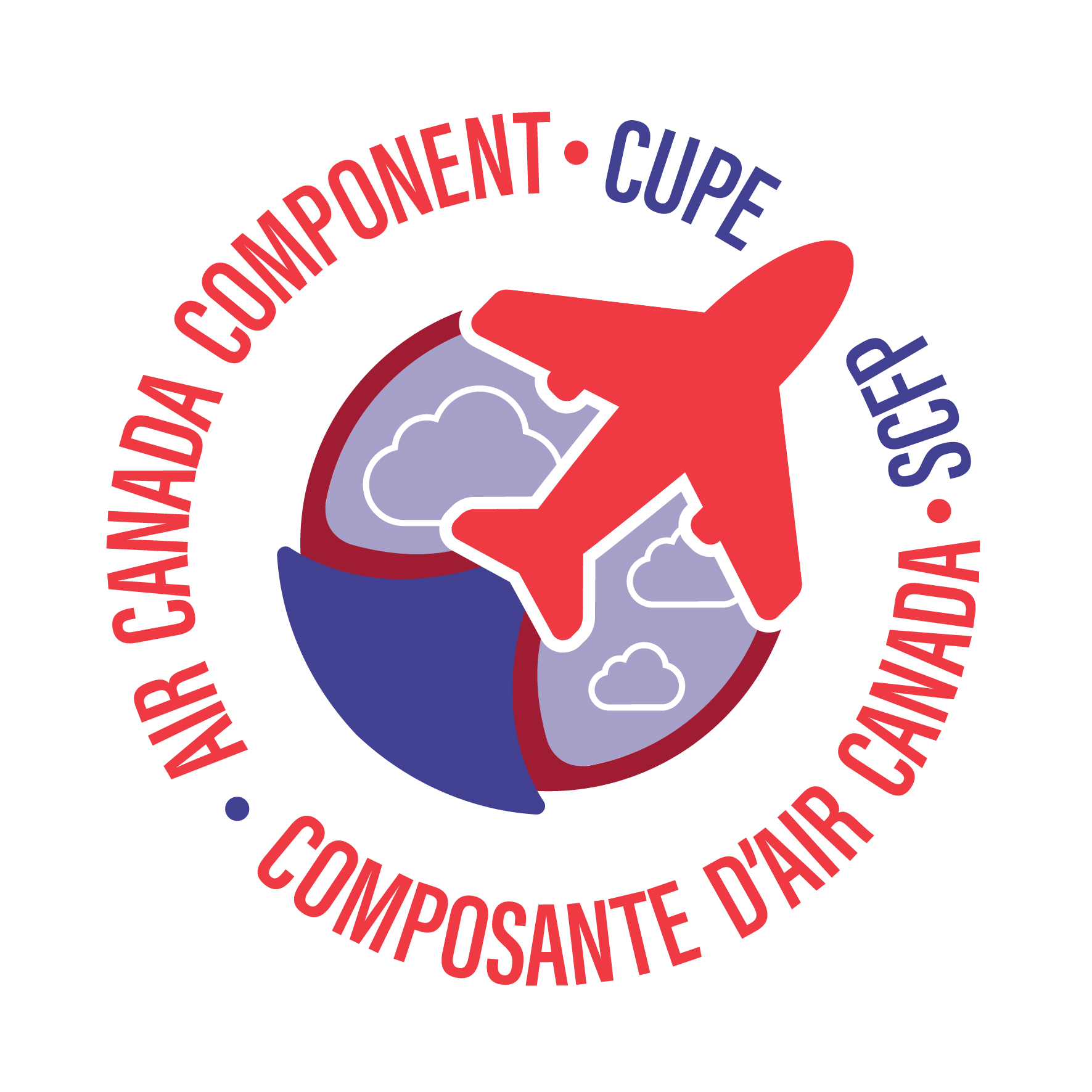Over the course of the last 2 weeks, your Trustees have been seeking clarity from the Employer, the Insurer, SSQ, Manion Wilkins our third-party Administrator, as well as Legal. We are sure you understand seeking clarification to ensure we provide you with clear answers takes some time as we enter this unchartered territory of COVID-19. The following is an outline of what we understand today as it relates to your WIP Program, Air Canada’s input and the Insurers’ policy regulations.
Canadian Emergency Wage Subsidy (CEWS) will be retroactive to the first day of the April block commencing April 3rd, replacing Off Duty Status (ODS) or last flying day in case of an overlap. CEWS is in effect until June 6th which is 12 weeks from when the government introduced the program on March 15th. This change is advantageous as it provides another choice for members to receive income. Air Canada has indicated that this is a paid leave, therefore they will not be accepting book offs while a member is on CEWS.
In early April, the Board sought clarification from the Employer on how they would code members who were on a book off status prior to ODS but did not complete the 14-day elimination period before ODS was posted in their schedule. The Board received the Employers’ response on April 23, 2020 that indicated they will not change the code from ODS to Sick Insurance because the member had not completed the full elimination period of 14 days from the first flight missed (FFM) prior to the commencement of ODS. Nonetheless Manion will adjudicate the WIP application and should the medical substantiate your absence, WIP Benefits will be paid until such time as you are ready to return to work
For members who completed the full 14-day elimination period prior to ODS, the Employer will continue to code you as Sick Insurance so long as the date of disability can be confirmed and supported with medical documentation. Manion will adjudicate the claim based on the medical and the Employer will advise Manion of the employees’ status.
It is our understanding that while in receipt of WIP, some of the newly introduced government programs are not available in conjunction with the wage replacement program, however you will need to contact the governing bodies of these plans for confirmation. Manion Wilkins will continue to follow their process and will request information regarding any and all income replacement benefits the employee is receiving, to prevent overpayments.
To this end, The Board of Trust, after cautiously evaluating all options, has decided to give a Contribution Holiday to all members for the block month of April (April 3-May 4, 2020). Beyond this date any members wishing to continue to have coverage may do so as outlined in the Continuation of Coverage Bulletin that will follow.
NOTE: You must prepay the required premium in full within forty-five (45) days in order to be eligible for benefit consideration at the termination of the leave. Please be advised this can be done in monthly installments or in one lump sum.
On Behalf of the Board of Trustees we continue to work diligently and hope you and your loved ones stay well and safe.
Stephen Morash
Administrative Consultant
NOTE: All Policy Booklet information can be accessed on the Air Canada Component of CUPE web site www.accomponent.ca or on the mobile App.
Manion, Wilkins & Associates
Plan Administration
626-21 Four Seasons Place
Etobicoke, Ontario
M9B 0A6
Switchboard: 416-234-5044
Toll Free Line: 1-800-663-7849
Fax: 416-234-0127
Contact Centre: 1-866-532-8999
